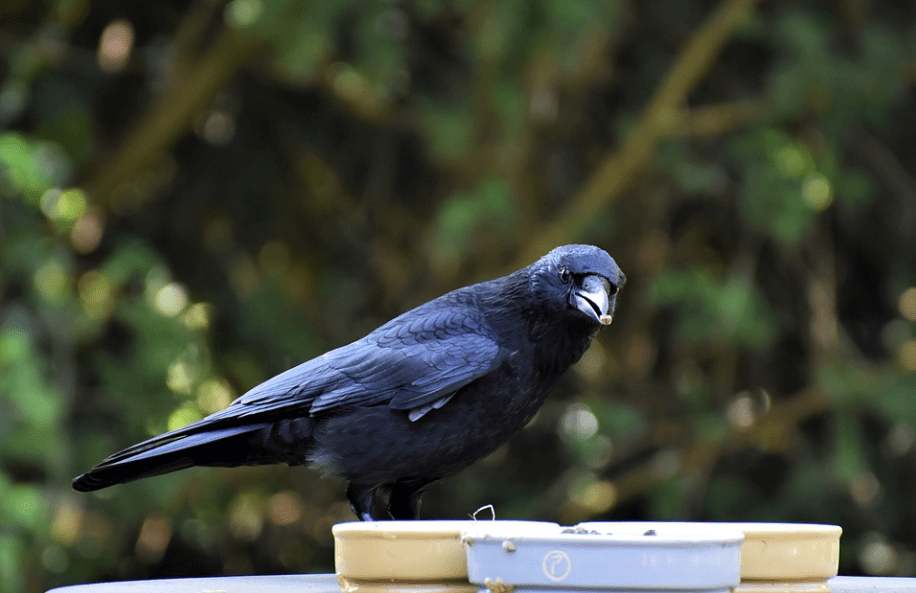US researchers have concluded that crows and ravens “take over the world” thanks to their large size and intelligence.
A research team from Washington University, St. Louis, discussed crow populations and their characteristics in various parts of the world.

Crows and ravens belong to the family of birds, whose Latin name is Corvidae. Black and intelligent songbirds with medium-sized, strong feet and flat large beaks are classified as crows. The larger ones are called blackcargas or ravens.
The research, published in the peer-reviewed scientific journal Nature Communications, found that crows and ravens have a larger wingspan, trunk and brain than other birds in the Corvidae family.
- The beloved Instagram feature is coming to WhatsApp!
- Dramatic image from NASA: Parachute debris on Mars!
“The three traits allowed this group of birds to colonize and diversify worldwide,” said Joan Garcia-Porta of the research team.
“Brain and muscle power enabled crows and ravens to take over the world,” the university said in a press release.
These two breeds of birds have proven their intelligence many times before. Previous research has shown that these birds can use tools, solve complex abstract problems and speak words. It was even found that ravens were able to compete with great apes in terms of intelligence.
On the other hand, what is less known about the birds in question, according to the researchers, is that they live in all kinds of ecosystems around the world, from the hottest deserts to the coldest tundra.
How they were able to reach and colonize all the habitats on the planet has been a great mystery until now.
To understand how these birds conquered the world, Garcia-Porta and his colleagues measured the bones of 96 modern crow and raven species kept in museums around the world, as well as three extinct crow species.
The team also measured the brain sizes of 76 species in the Corvidae family and compared them.
The researchers then created a family tree based on genetic data for crows and developed computer simulations to predict when they first arrived in new areas and how quickly they adapted to the conditions.
The findings pointed out that the body size and wingspans of ravens and crows are larger than birds such as magpies and jays from the same family.
In this way, two bird breeds can fly further away from their small cousins and fill new ecosystems more easily.
Their sophisticated intelligence allows them to adapt to new ecosystems in a relatively short time. This means that even if the bodies of these birds are not yet adapted to new climates, they are able to adapt themselves and survive thanks to their intelligence.
“Our studies show that crows and ravens diversify both quickly and widely, as they are particularly good at dealing with different habitats,” said Carlos Botero of the research team.
We are excited to get new information about how these birds achieve things that even their close relatives do not.
Livescience, Washington Üniversitesi, St. Louis
